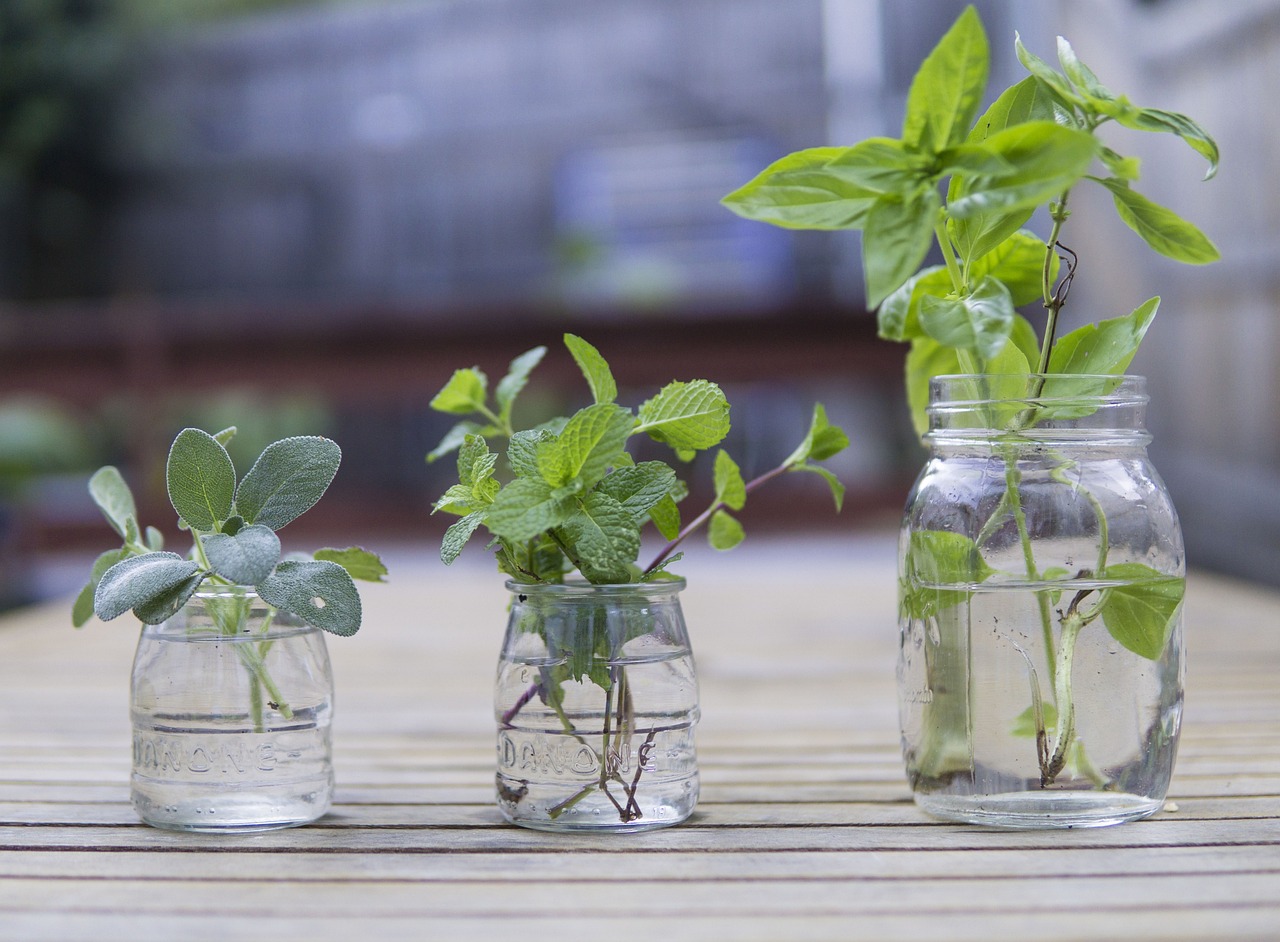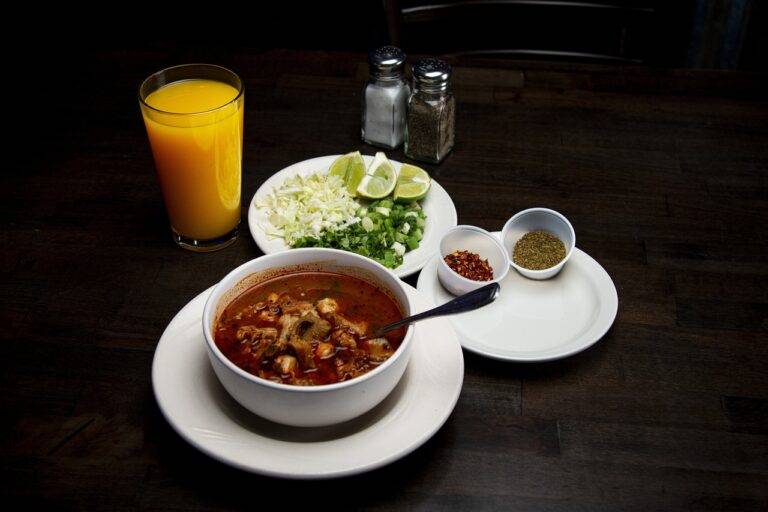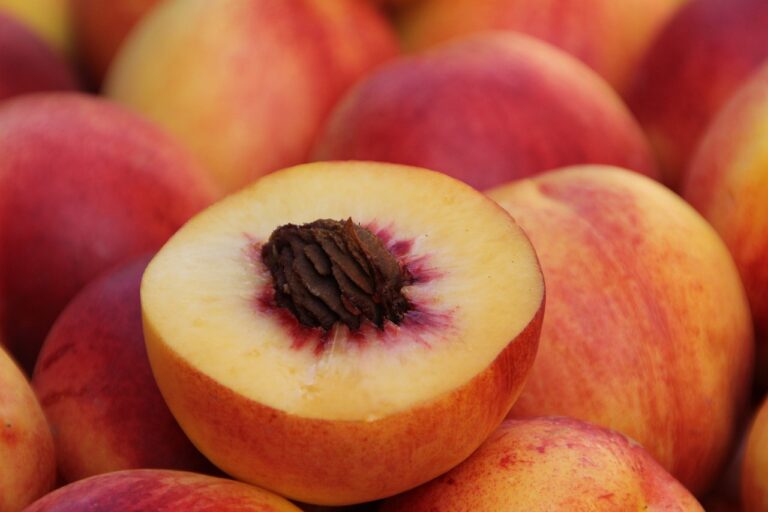Bottled Water and Sustainable Packaging Materials: Biodegradable Alternatives
betbook250 com, reddy anna book online, playlotus365 com:Bottled water has become a ubiquitous commodity in our society, with millions of plastic bottles being used and discarded every day. However, the environmental impact of plastic bottles, especially single-use ones, has become a pressing concern in recent years. The production and disposal of plastic bottles contribute to pollution, litter, and harm to wildlife. In response to this issue, there has been a growing interest in sustainable packaging materials as alternatives to traditional plastic bottles.
One promising solution to the problem of plastic bottle waste is the use of biodegradable materials in packaging. Biodegradable materials break down naturally over time, reducing the environmental impact of packaging waste. There are several biodegradable alternatives to traditional plastic bottles that are being developed and used in the market today. These alternatives offer a more sustainable option for consumers who want to reduce their environmental footprint.
One popular biodegradable material that is being used in packaging is PLA, or polylactic acid. PLA is a bioplastic made from renewable resources such as corn starch or sugarcane. It is compostable and biodegradable, making it a more environmentally friendly option than traditional plastic. PLA has been used in a variety of products, including water bottles, food containers, and packaging materials. While PLA has its benefits, it does have some drawbacks, such as higher production costs and limited availability compared to traditional plastics.
Another biodegradable alternative to plastic bottles is PHA, or polyhydroxyalkanoates. PHA is a biodegradable polymer that is produced by bacteria through fermentation. It is compostable and biodegradable, making it an attractive option for environmentally conscious consumers. PHA has been used in various products, including packaging materials, disposable utensils, and medical devices. While PHA is biodegradable and has a lower environmental impact than traditional plastics, it also has limitations, such as higher production costs and limited availability.
One of the challenges in promoting biodegradable packaging materials is the cost factor. Biodegradable materials are often more expensive to produce than traditional plastics, which can deter businesses from making the switch. However, as demand for sustainable packaging materials grows, the cost of biodegradable options is expected to decrease over time. Additionally, consumer preference for eco-friendly products may drive businesses to invest in sustainable packaging materials as a way to attract environmentally conscious consumers.
In addition to biodegradable materials, there are other sustainable packaging alternatives that can help reduce the environmental impact of bottled water. One option is using recycled materials in packaging, such as recycled PET plastic. Recycling reduces the need for virgin plastic production and helps divert plastic waste from landfills. Another option is using paper-based packaging, which is biodegradable and recyclable. Paper packaging can be made from sustainably sourced materials and is a renewable resource.
As consumers become more aware of the environmental impact of plastic bottles, there is a growing demand for sustainable alternatives in the bottled water industry. Businesses are increasingly exploring biodegradable and recycled materials as solutions to reduce their carbon footprint and minimize waste. By choosing sustainable packaging materials, consumers can make a positive impact on the environment and support businesses that are committed to sustainability.
In conclusion, the use of biodegradable materials in packaging offers a promising solution to the problem of plastic bottle waste. By opting for sustainable alternatives to traditional plastics, consumers can reduce their environmental footprint and contribute to a healthier planet. While there are challenges to overcome, such as cost and availability, the growing demand for sustainable packaging materials is driving innovation in the industry. As businesses and consumers work together to promote sustainability, biodegradable alternatives to plastic bottles will play a crucial role in protecting the environment for future generations.
**FAQs**
Q: Are biodegradable materials more expensive than traditional plastics?
A: Yes, biodegradable materials can be more expensive to produce than traditional plastics due to the cost of sourcing and processing renewable resources.
Q: How long does it take for biodegradable materials to break down?
A: The time it takes for biodegradable materials to decompose depends on various factors, such as temperature, moisture, and the specific material used. Some biodegradable materials can break down within a few months to a few years.
Q: Are biodegradable materials recyclable?
A: Some biodegradable materials are recyclable, while others are compostable. It is essential to check the specific recycling guidelines for each type of biodegradable material.
Q: Are there any regulations governing the use of biodegradable materials in packaging?
A: Yes, there are regulations and certifications for biodegradable materials to ensure they meet specific environmental standards. It is essential to look for certifications such as BPI (Biodegradable Products Institute) or ASTM D6400 when choosing biodegradable packaging materials.
Q: Can biodegradable materials be used for all types of packaging?
A: While biodegradable materials can be used for various types of packaging, they may not be suitable for all applications. It is essential to consider the specific requirements of the packaging, such as durability and flexibility, when choosing biodegradable materials.







